It has been almost 10 years since French hydrologist and professional kayaker Jules Domine stumbled across the Samana river in a remote jungle in Antioquia, a northwesterly region of Colombia best known for its capital city Medellín, and its most infamous residents - the now defunct Medellín cartel.
In COVID we’re facing a new challenge. If you're fighting for your basic necessities, it’s hard to find the time to fight for your rights or your region.
When Jules learned that the Samana was under threat from damming, he began to organise adventures to the area to try and protect it through tourism. His trips offered locals an alternative source of income to selling their land to hydroelectric companies, or cutting down forests to grow food and raise cows.
“I’ve always had a profound love of rivers,” says Jules, “and if you see something beautiful and potentially have the power to keep it that way, why wouldn't you try?"
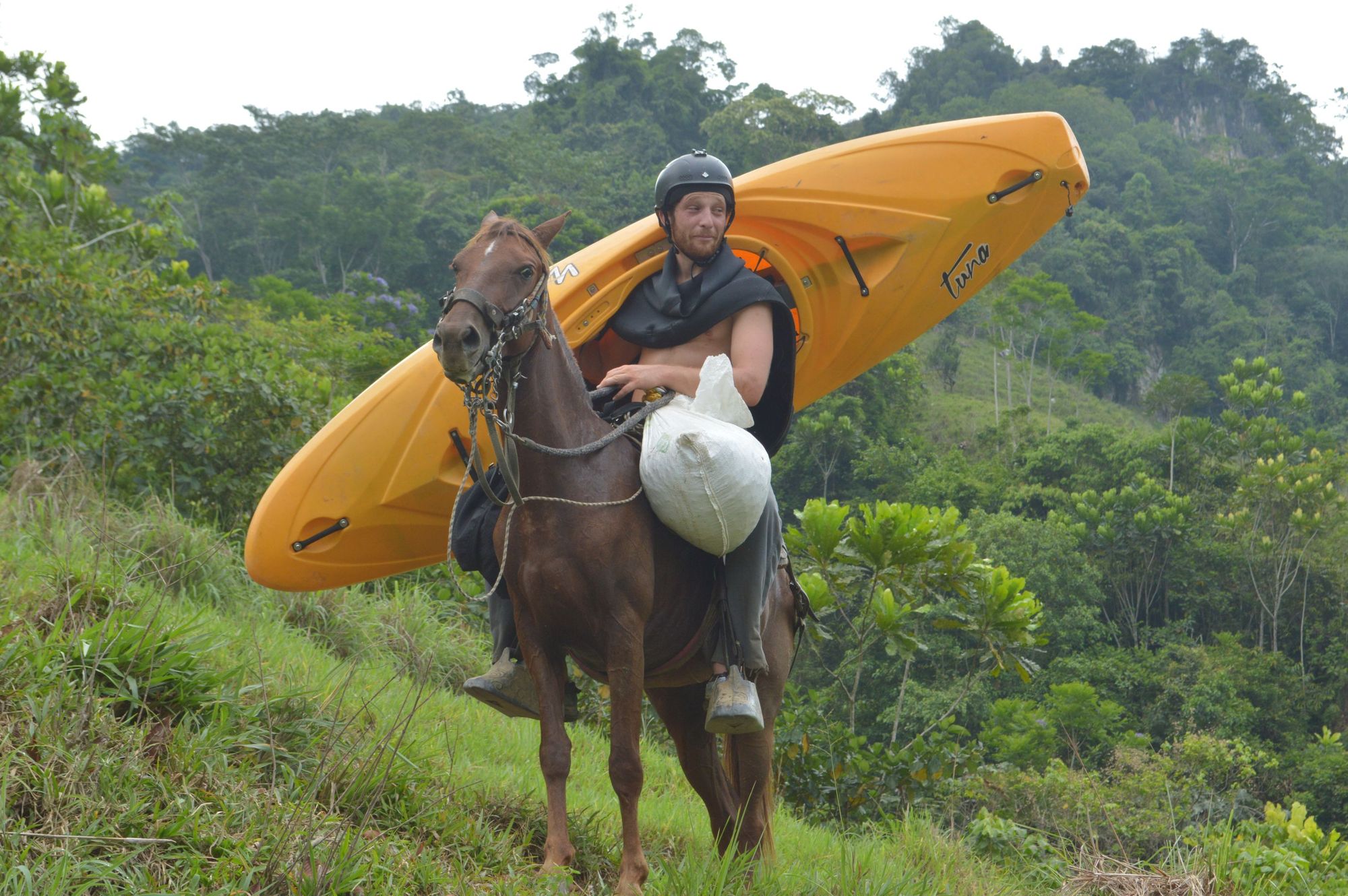
The Samana is a river whose waters tells the history of Antioquia. In the 1960s Colombia began to open up as a country. The Medellín-Bogota highway was then constructed in the 70s, and brought about an increased demand for electricity, which was to be sustained via dams. “It was logical,” says Jules, “We’re at the northern tip of the Andes, and there’s huge rainfall here. It’s easy to imagine why they wanted to harness the hydro potential, but unfortunately they did it in a manner that wasn’t socially responsible - pushing people off of their land.
"This gave liberal-conservative disputes of the past new ground, and guerrilla warfare started again, alongside narco trafficking. The Marxist guerrillas moved in and tried to take the main hydroelectric installation of the country as a hostage. It came together to form this melting pot of horror in the whole region.
"This is a place with a lot of natural wealth. El Dorado still exists in Colombia. Sometimes you walk into a river and you can see gold dancing at the bottom."
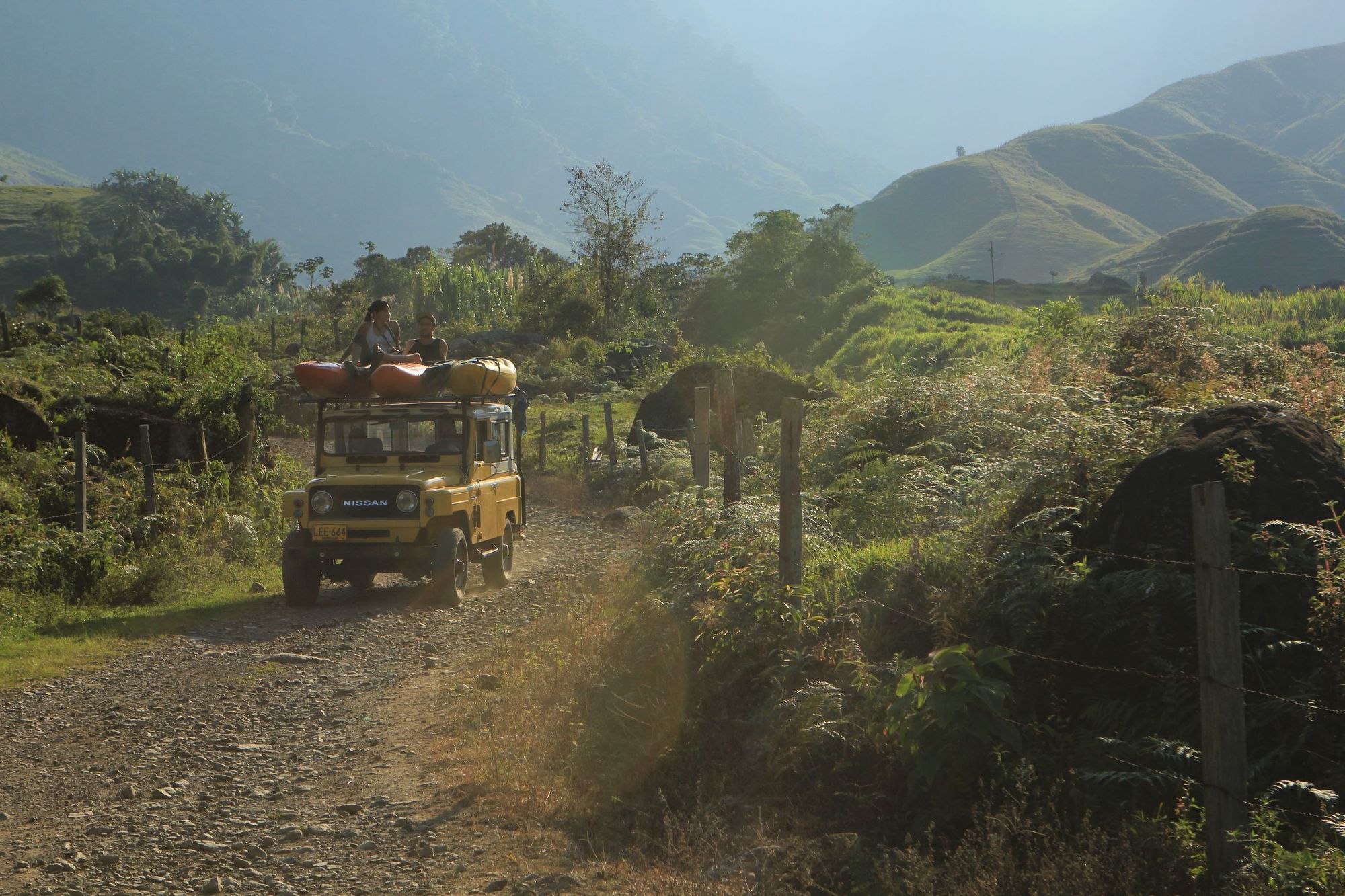
The Samana Watershed was the home of the National Liberation Army (ELN) in the 60s and later a front of FARC. These were two of Colombia’s largest and most influential leftist guerrilla groups, who used the mountains to hide high-profile hostages, money and arms. The area was also only 20km from Hacienda Napoles, Pablo Escobar’s estate, and Escobar had a sinister influence on the area, forcing the campesinos (local farmers) to grow coca.
“Very few people here were in armed groups, or were actually bad people,” says Jules. “But if you’re born a poor farmer and they put two thousand dollars in your hand and a gun, you might feel the attraction of being that kind of person.”

Escobar died in 1993, but the violence continued through the 2000s as paramilitaries fought to clear the area of guerrillas and coca production. Over the past 50 years, the resilient locals have been displaced from their land by force, robbed, caught in crossfires and even had their children taken to be enrolled in different forces, leaving entire areas of rural land empty.
It wasn’t until 2006 that the violence ceased, and people began to return.
The UN cleared out the landmines in the area, and the government rolled out illegal crop transformation programs. Many of those who once grew coca now grow cacao. In the early 90s Medellín had been called "the most dangerous city on earth" by TIME Magazine, but by 2013, it had transformed completely - becoming a forward-thinking, entirely safe tourist favourite. It was even being named "the most innovative city in the world" by the Urban Land Institute.
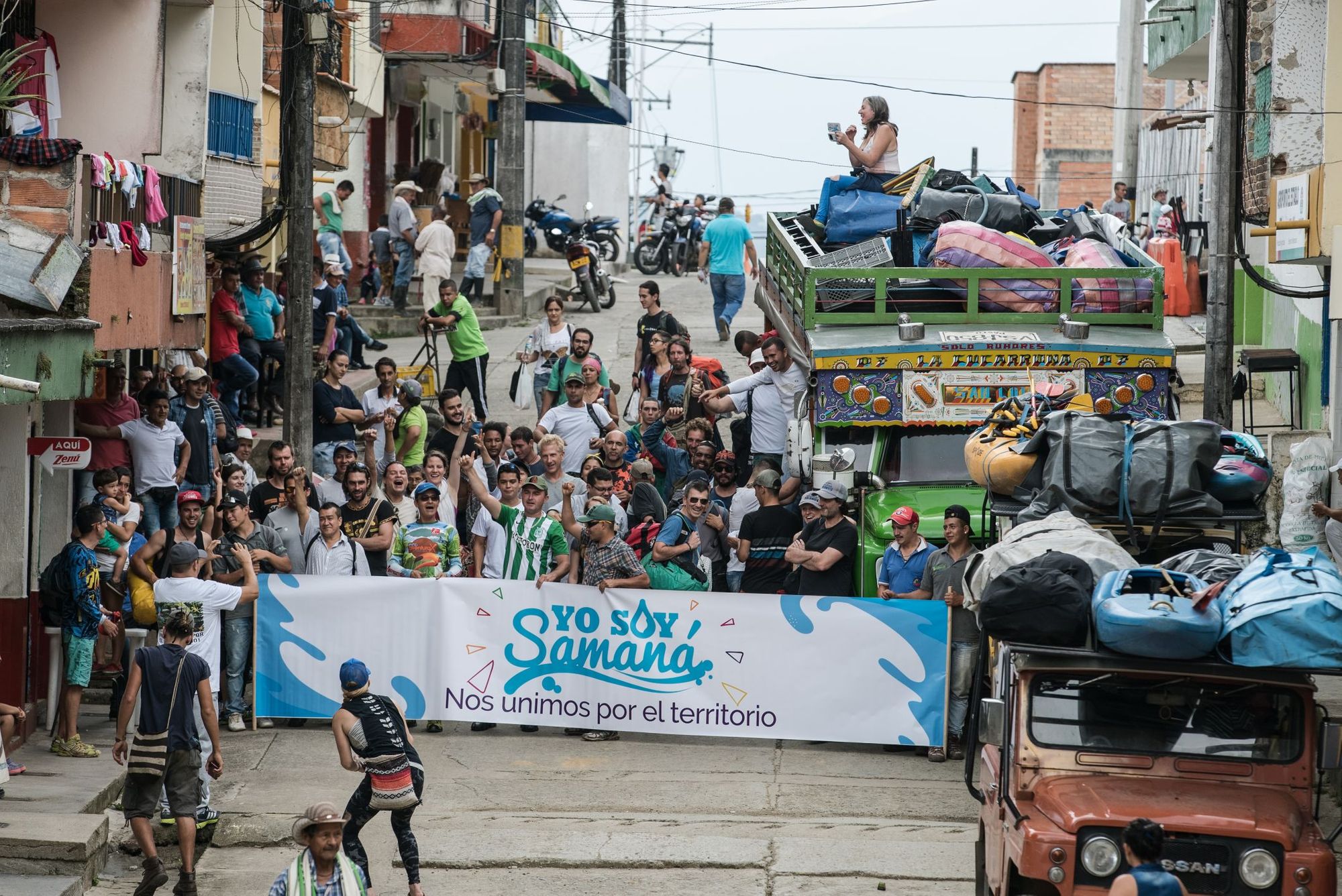
The Samana is a river in a strategic position for damming, between Medellín and the Colombian capital Bogota, but during this hostile period it largely remained inaccessible to authorities. “There's been so much history of disaster in this area but the Samana was the antithesis of all that," says Jules, "it was a green spot on the map that had been preserved, ironically, by the civil war.”
We were taking people who had once been hostages, and lost millions of dollars in horrible situations, back to where they had been taken, but with a bunch of laughing people in a raft. They saw the area had come 360 and became the biggest advocates for this area.
In the 2010’s the Samana Watershed was finally safe to live in and visit again, but this also meant hydroelectric projects for the river were re-tabled.
Many locals don’t welcome the projects, which would once again displace them from their land, but what other financial choices do they have?
“We’re seeing this repetition of cycles and hydroelectric projects in Colombia, but this time there was another factor,” Jules says. “Tourism. Finally people were starting to put some value on pristine places, and people here are really eager to prove Colombia is not the country portrayed in the media, but a country of colours and care and joy.”
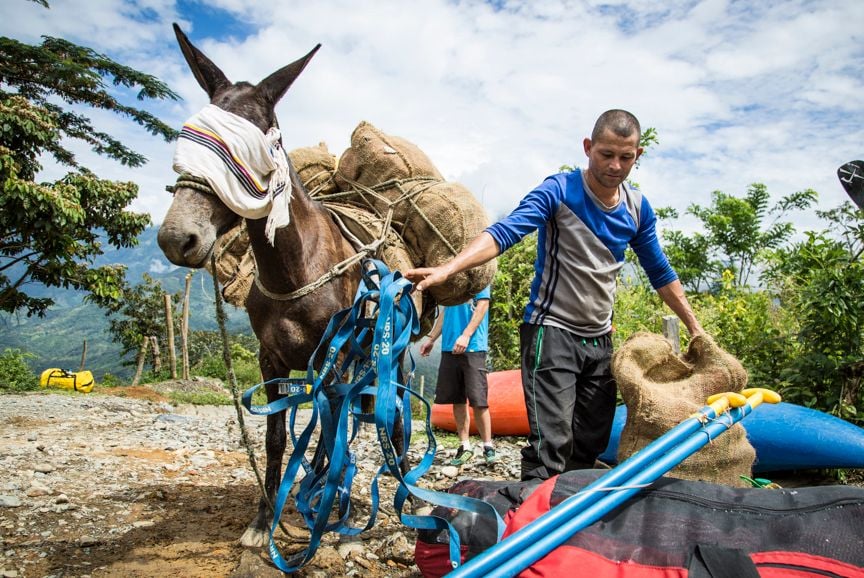
Though the Samana itself was entirely safe for tourists, it remained stigmatised.
“People didn’t want to come here originally,” Jules says. “Especially rich Colombians. It was a war zone. There used to be landmines and people were taken hostage here. And when you don’t want to go to an area, you’re not interested in what’s happening there. By bringing in tourism we showed the area was safe, and that really started a revolution in the higher society of Medellín.
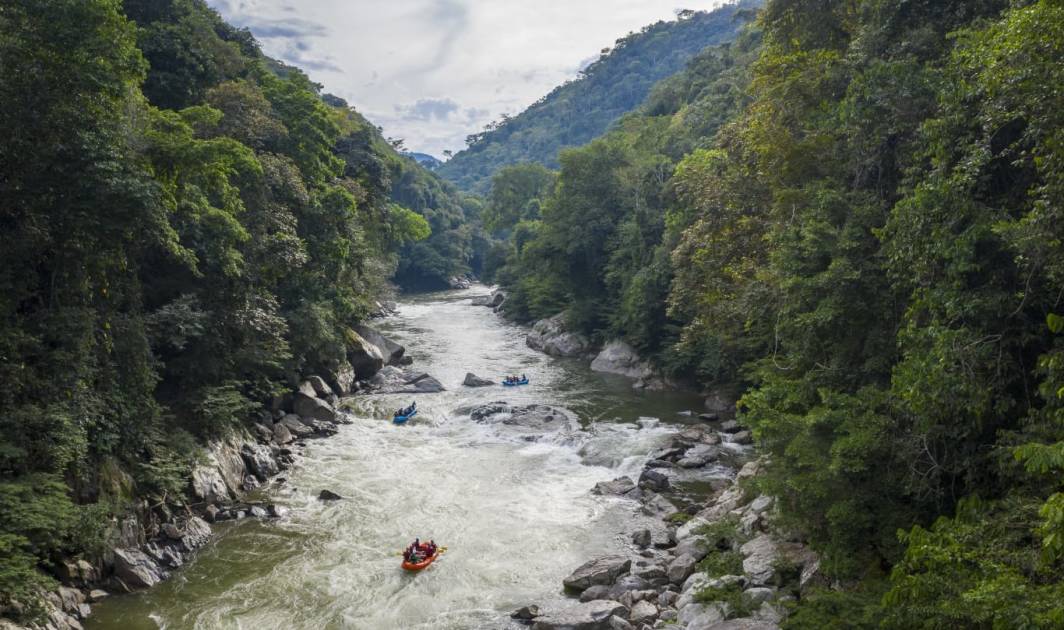
"We were taking people who had once been hostages, and who had lost millions of dollars in horrible situations, back to where they had been taken, but with a bunch of laughing people in a raft. They saw the area had come 360 and became the biggest advocates for this area."
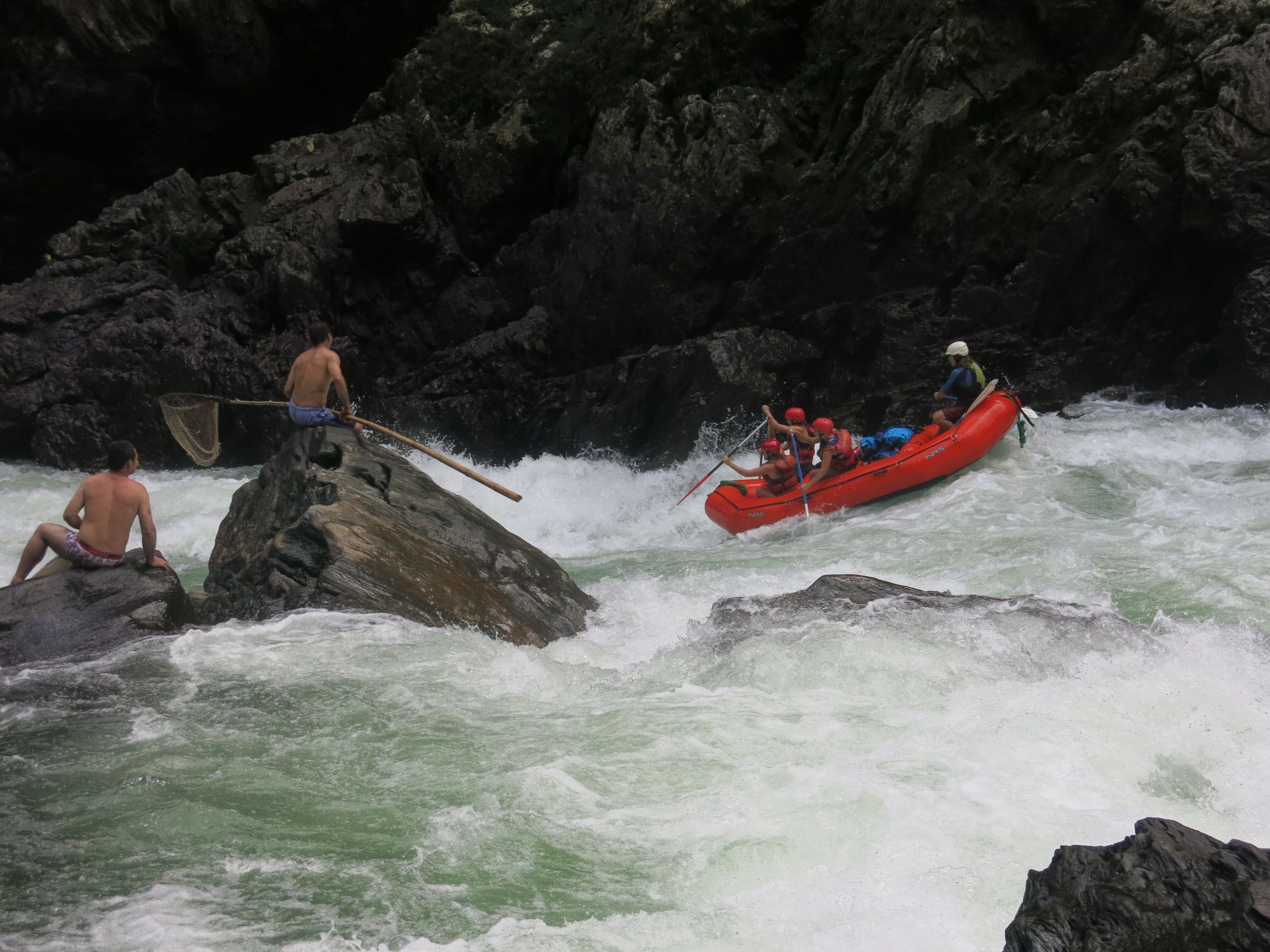
“International tourism was great for that too. People had no idea where they were going, but they trusted our expertise, learned the history and became examples.
Every time somebody comes to the area they reinforce the argument that tourism is a socially and economically-viable alternative to the exploitation of natural resources.
“It’s created a lot of weight in the political decisions being taken, but the country still needs more electricity. So there's a lot of pressure, but every time somebody comes to the area they reinforce the argument that tourism is a socially and economically-viable alternative to the exploitation of natural resources.”
Of course, the COVID-19 pandemic has temporarily put an end to international travel, and that is having an impact on locals and conservation efforts.
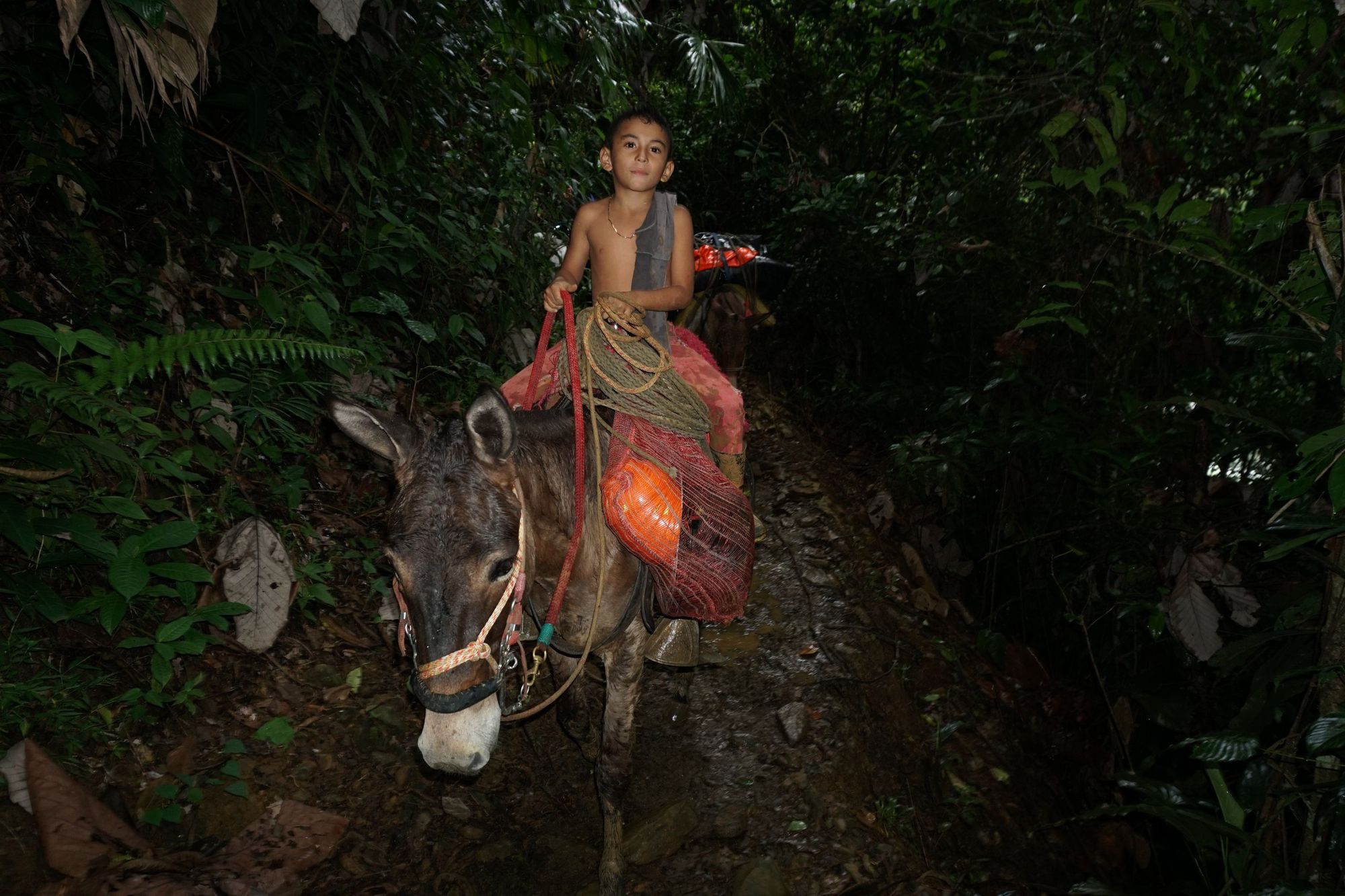
“In COVID we’re facing a new challenge," Jules says. “If you're fighting for your basic necessities, it’s hard to find the time to fight for your rights or your region. It’s very hard to predict how it’s going to have an impact, but if international tourism doesn’t start again, quickly, we could see some unfortunate situations.
“One positive we have seen is that Colombians from Medellín are becoming more interested in the area during quarantines. We’re gaining national interest and we’re hoping in conversation terms that might be even more powerful - and that when international tourism comes back, then we’ll have double the power.”
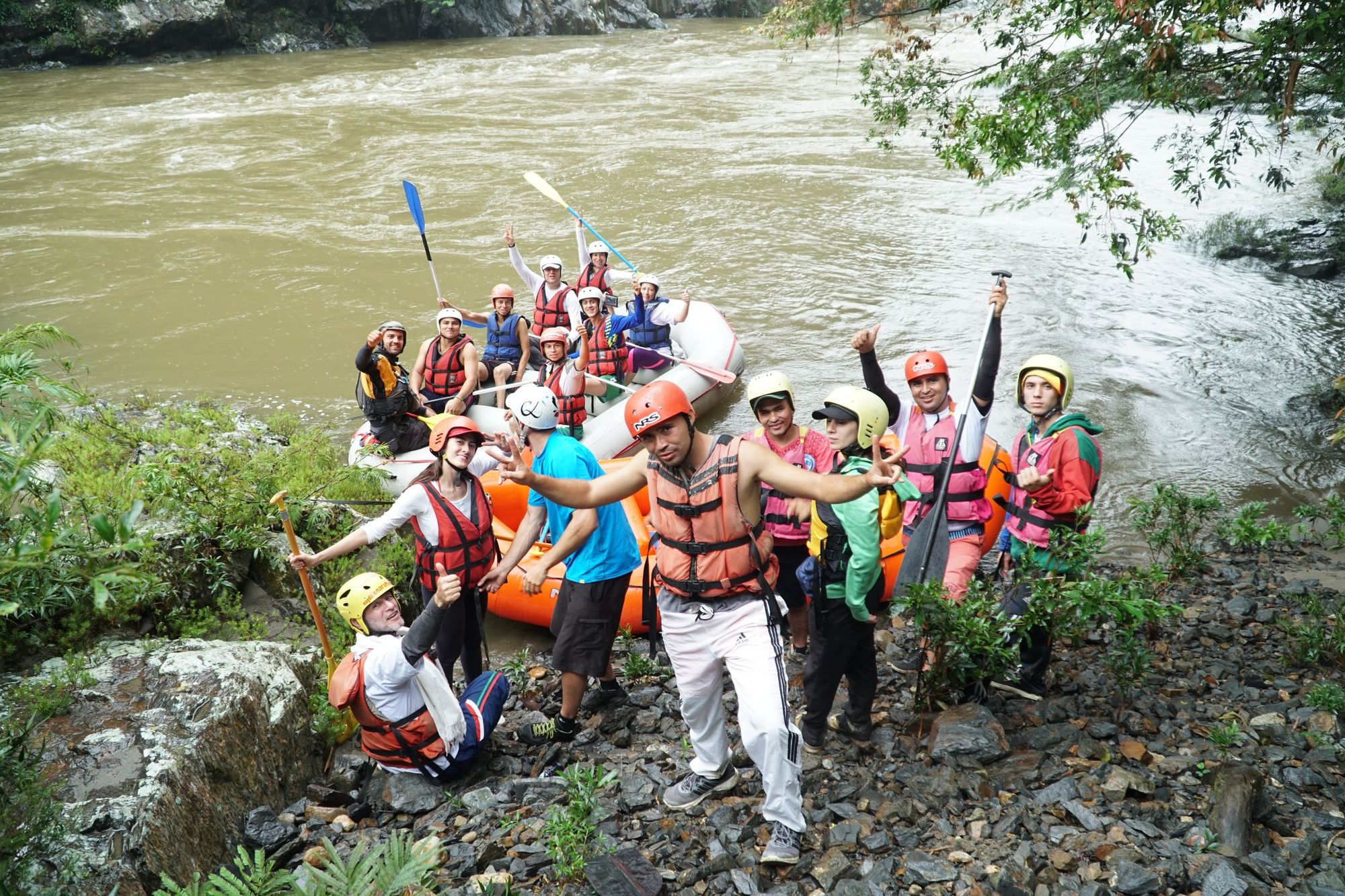
Throughout our interview, Jules is keen to emphasise the resilience of the Colombian people, and their dedication to proving that the violent, harmful stereotypes presented about Colombia in global media are well and truly a thing of the past. The locals are more than welcoming of tourism - but now without it because of the global pandemic, they are left in a difficult position.
“The people here need travellers to come so that more people can make a living from this industry and the land can be developed sustainably,” Jules says. “Otherwise they face a difficult choice - live in poverty or sell out to dams, mines or deforestation. Tourism is the in-between that allows them to stay, live well and protect their natural and cultural heritage.
“The Samana Watershed is still very much threatened, but we do see that our efforts and everybody else's efforts, whether they're conscious of it or not, have been working. It's an ongoing fight and it will never stop until there is strict conservation [rules] being implemented over this watershed. That’s the next step.”
Inspired? Take an adventure to the Samana in the Colombian Jungle

